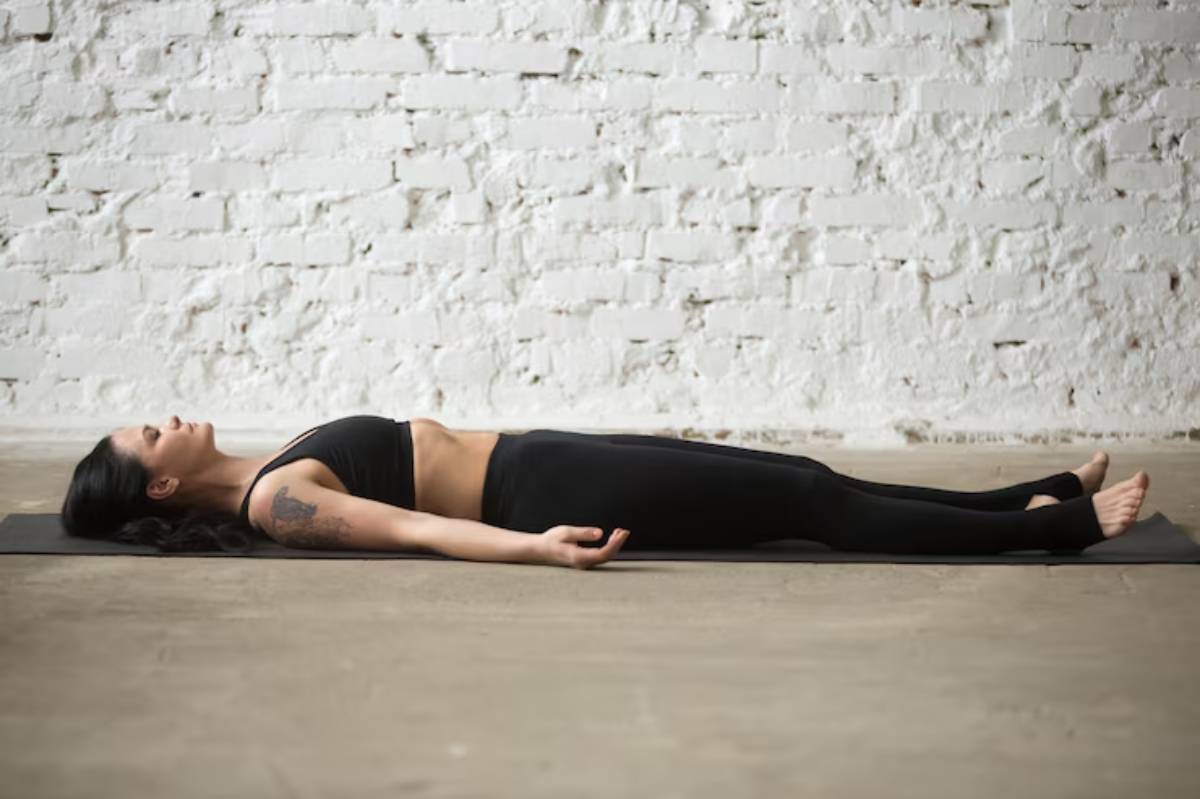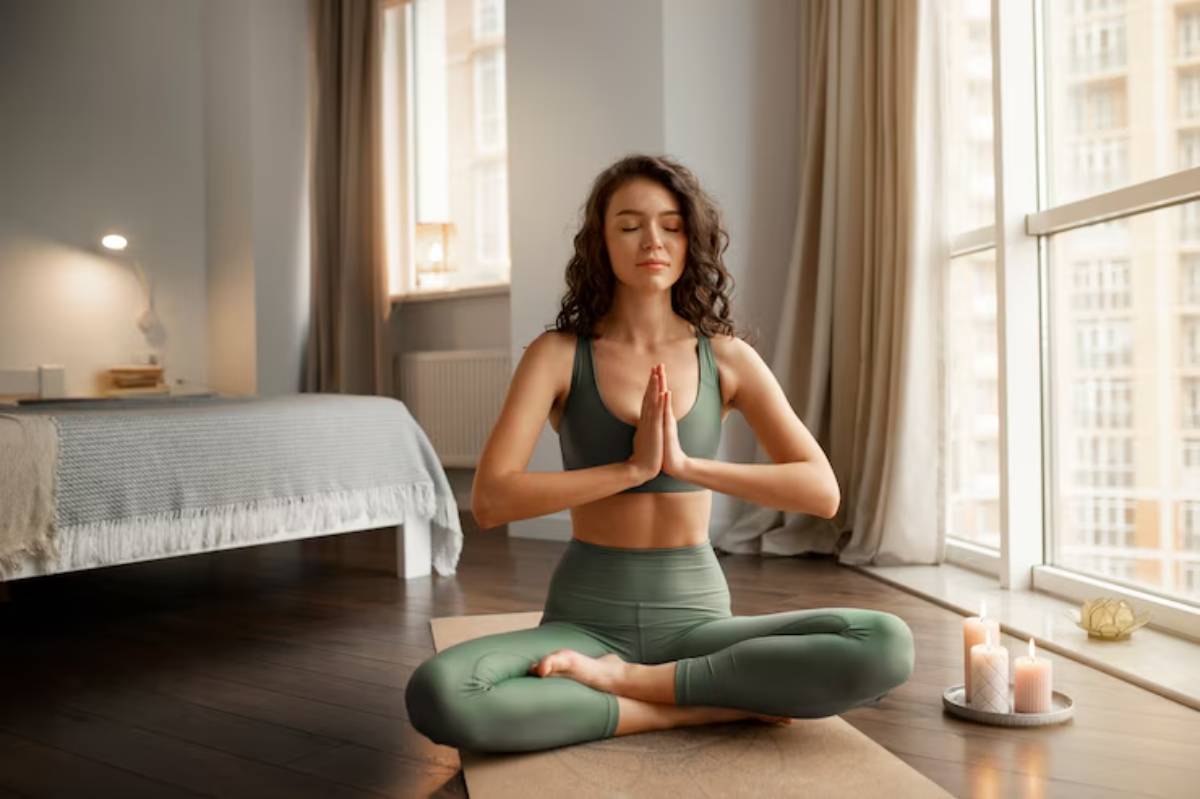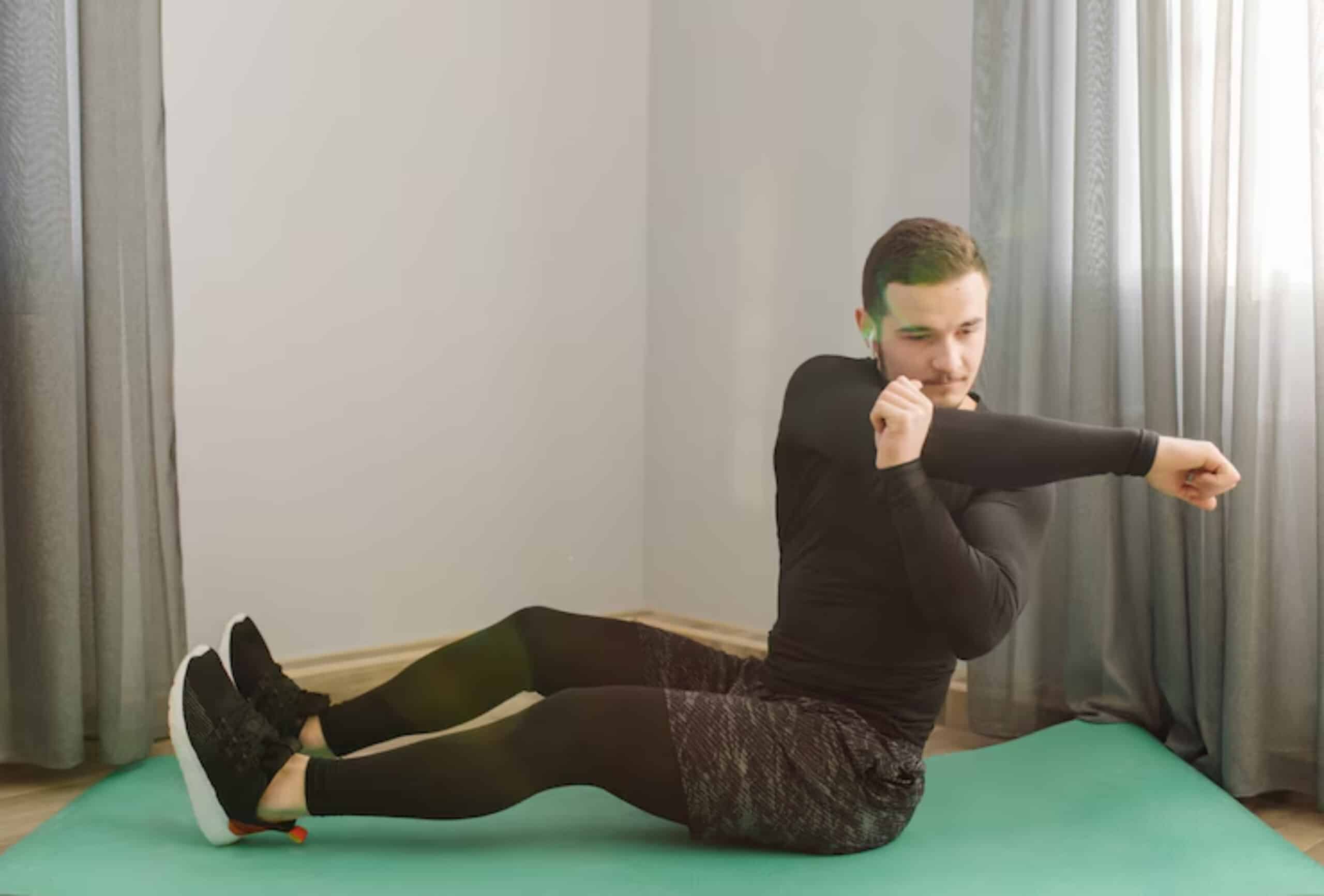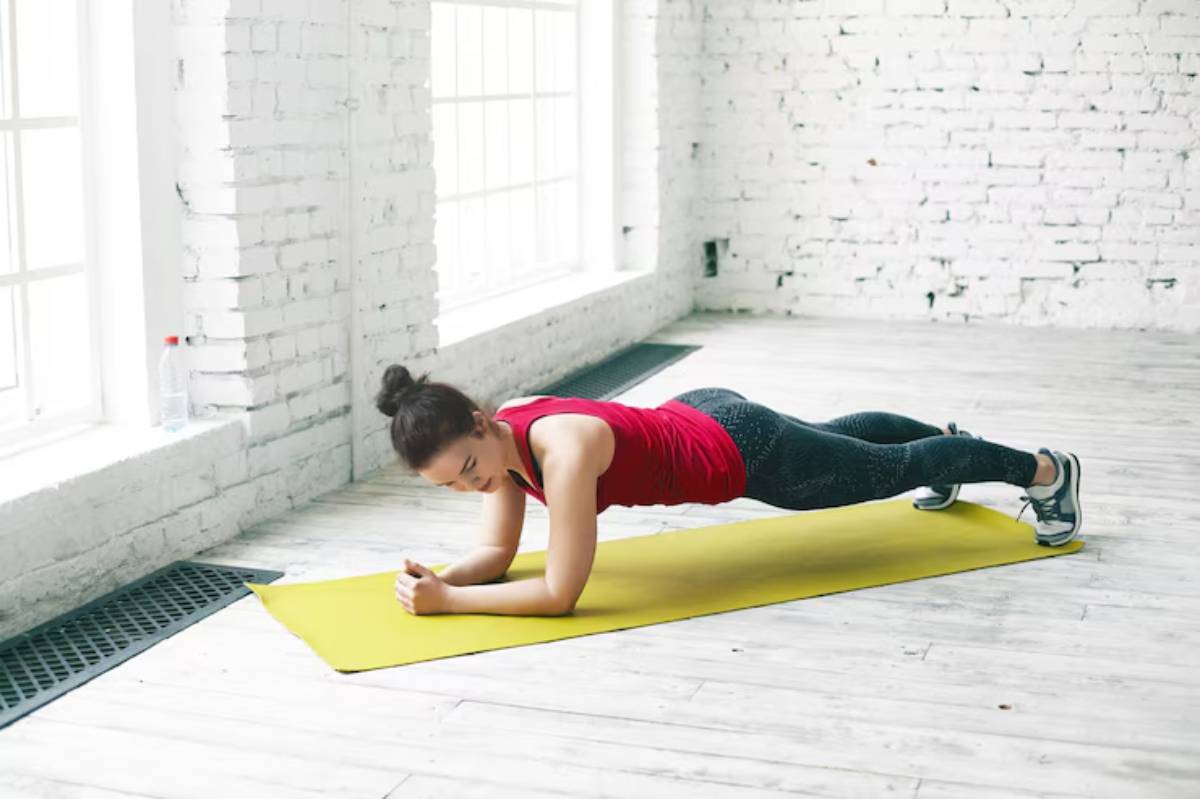
How to Start a Yoga Routine for Strength Gains
People often think of yoga as calm breathing, deep stretches, and a peaceful spirit. Here’s the twist: yoga is quietly turning into a key method for muscle growth and functional strength.
If you want to get stronger without heavy weights or long gym hours, yoga for muscle gain could be perfect for you. This strength-building method boosts flexibility, improves joint stability, and builds lean muscle. Plus, it avoids burnout and reduces the risk of overtraining.
So, can you really build strength through yoga? Absolutely—and we’re about to show you how. This beginner strength yoga guide is perfect for newbies or anyone wanting to boost their strength training. It offers a path to functional and holistic fitness.
Understanding the Core: How Yoga Builds Muscle and Strength
Yoga doesn’t rely on dumbbells or resistance machines. Instead, it turns your body into the weight—and trust us, that’s more than enough.
Here’s a closer look at how it works:
1. Isometric Tension
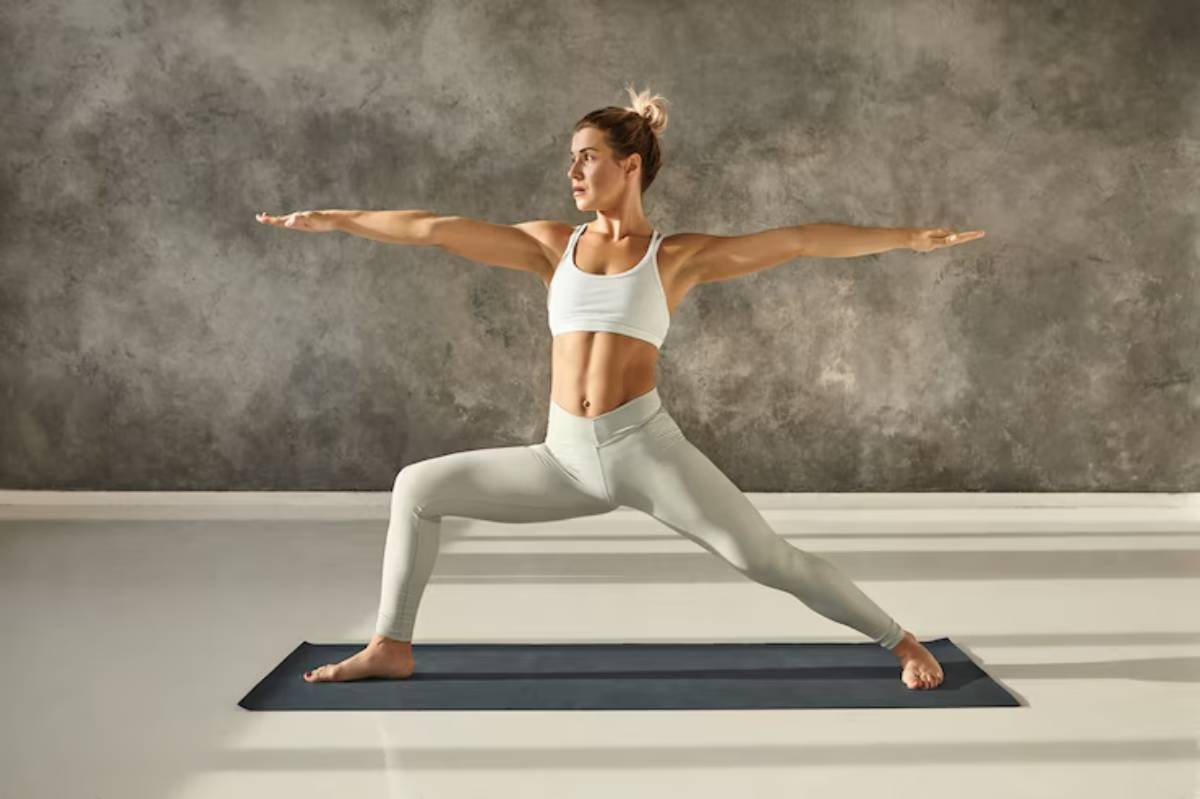
Holding yoga poses—such as Plank or Warrior II—requires sustained muscular engagement. Long-duration holds work both large and stabilising muscle groups, boosting endurance and raw strength.
2. Eccentric Strength
Movements like slowly lowering from Downward Dog into Chaturanga build eccentric strength. This training is key for preventing injuries and improving athletic performance. It helps your muscles stay strong while also getting longer.
3. Full-Body Coordination
Unlike isolated resistance exercises, yoga engages several muscle groups at once. For example, doing a Tree Pose works your glutes, calves, and core. It also tests your balance and proprioception.
4. Functional and Core-Centric Movement
Every pose you hold, whether simple or complex, works on your core. The result? Enhanced posture, injury resilience, and real-world body control.
Did you know? A 12-week yoga program significantly boosted core and upper body strength. This improvement was seen even in people who were not active. That’s the power of consistent, bodyweight-based practice.
Quick Reference: Your Beginner Strength Yoga Action Plan
To get started with strength-building yoga, keep these key points in mind:
- Set clear, strength-focused goals (e.g., improve core endurance, tone arms, build leg power)
- Practice 3–4 strength-based yoga sessions per week
- Master foundational poses before progressing to advanced ones
- Focus on form, alignment, and breath—not speed or repetition
- Increase pose hold times gradually (start at 30 seconds, build to 1–2 minutes)
- Allow at least one rest day for recovery and growth
- Track your weekly progress and celebrate milestones
This approach ensures you build strength progressively and safely.
Step-by-Step Guide: Building Your Beginner Strength Yoga Routine
Step 1: Define Your Strength Goals
Are you looking to:
- Strengthen your upper body and arms?
- Improve lower-body endurance?
- Build a rock-solid core?
- Achieve total-body muscle control?
Start by choosing one or two goals. This will guide your pose selection and help you measure progress. For example, if your goal is core strength, you’ll prioritise poses like Boat, Plank, and Forearm Side Plank.
Step 2: Learn and Master Foundational Poses
Here are essential poses that form the backbone of any strength-based routine:
- Chair Pose (Utkatasana) builds leg strength and endurance. Sit deep, weight in heels, and hold for up to 45 seconds.
- Plank Pose works the arms, shoulders, chest, and abs. Engage the whole body and breathe steadily.
- Chaturanga Dandasana, think of it as a yogic push-up. It strengthens the triceps, shoulders, and chest. Keep the elbows close to the ribs.
- Warrior II (Virabhadrasana II) builds strength in your glutes, hamstrings, and quads. It also helps you focus and control your breath.
- Bridge Pose (Setu Bandha Sarvangasana), great for glutes, hamstrings, and spinal stability. Add dynamic lifts for more challenge.
- Boat Pose (Navasana) is Excellent for the core and hip flexors. Keep the spine long and chest lifted.
- Dolphin Pose strengthens your shoulders, upper back, and arms. It also gets you ready for inversions.
Aim to hold each pose for 30–45 seconds at first. Gradually build up to 60–90 seconds as you gain strength.
Step 3: Design Your Weekly Practice Schedule
Beginner Strength Yoga Weekly Template:
- Monday: Full-body strength (30 minutes)
- Tuesday: Rest or gentle stretch
- Wednesday: Core and arms (20–25 minutes)
- Thursday: Rest or restorative flow
- Friday: Lower body and balance (30 minutes)
- Saturday: Rest or optional power yoga
- Sunday: Mobility and breathwork (15–20 minutes)
Rotate focus areas and include rest days. This helps your muscles grow and prevents fatigue or burnout.
Warm-Ups and Cool-Downs: Don’t Skip the Prep
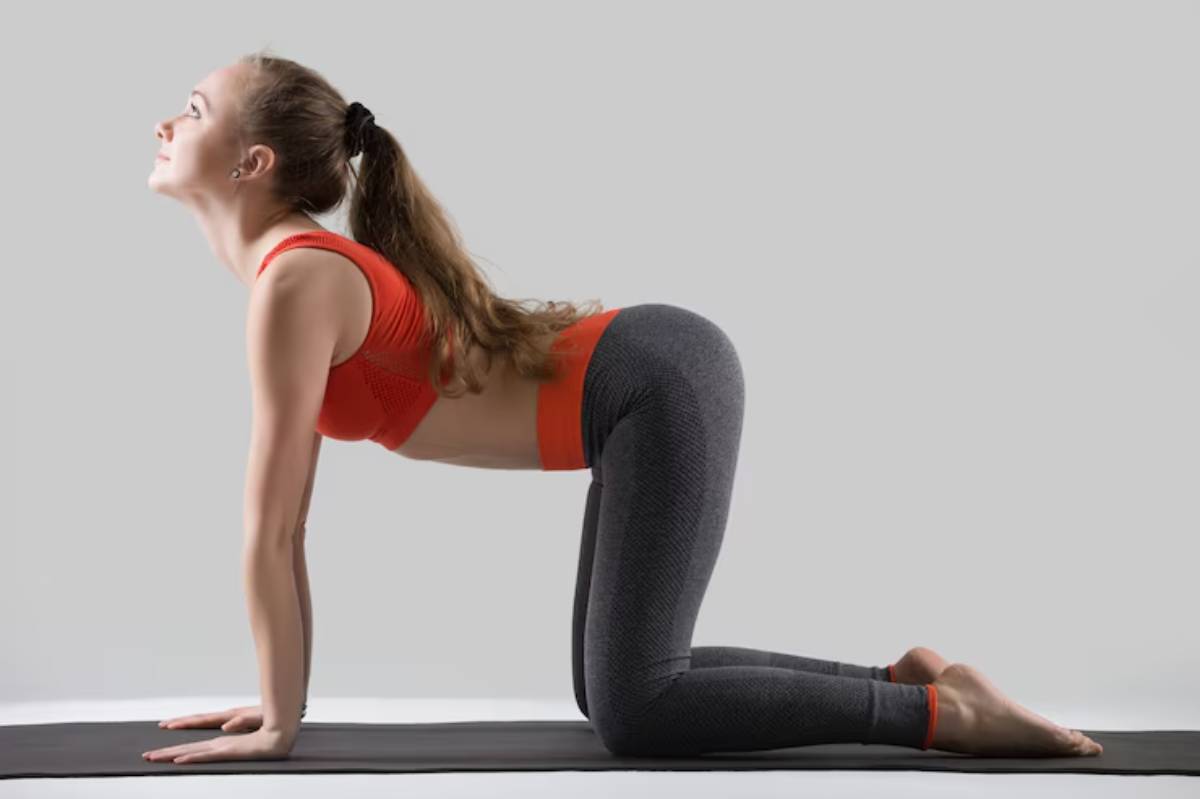
Skipping warm-ups can lead to stiffness, injury, and reduced performance. A solid yoga session should start with 3–5 minutes of movement to increase blood flow.
Warm-Up Suggestions:
- Cat-Cow stretches
- Gentle spinal twists
- Sun Salutation A or B (2–3 rounds)
- Low lunges with arm reach
Cool-Down Suggestions:
- Child’s Pose
- Supine spinal twist
- Legs-up-the-wall
- Savasana (5 minutes minimum)
These help ease your body back into recovery and support long-term gains.
Pro Tip: Instead of rushing through flows, slow down. Time under tension is what builds real strength.
Important: Record videos of your sessions occasionally to check your form. Self-review improves posture and alignment.
Common Pitfalls to Avoid
- Rushing transitions: Poor alignment can reduce strength benefits and cause strain.
- Overtraining: Yoga may feel gentle, but strength-based practice still needs recovery days.
- Neglecting breathwork: Your breath is your power source—don’t hold it while holding a pose.
Best Practices and Bonus Tips for Strength Progression
To enhance outcomes and make your strength yoga routine even more effective:
- Short, frequent sessions beat long, inconsistent ones.
- Increase pose hold time every 2–3 weeks.
- Use resistance bands or light weights for added challenge in poses like Warrior or Chair.
- Practice Ujjayi breath to improve mental focus and oxygen delivery.
Looking for more stamina tips? Check out our guide on keeping your console cool during gaming marathons. It focuses on balance, longevity, and sustainable power, just like yoga.
FAQs: Your Top Strength Yoga Questions Answered
Can yoga replace traditional strength training?
Yoga won’t replace heavy lifting for building big muscles. However, it does help with functional strength, endurance, and toning. It’s great for beginners, people recovering from injuries, or anyone wanting a gentle, full-body workout.
How soon will I see results?
Beginners often see big gains in strength, posture, and core control in just 3–6 weeks of regular practice.
I’m not flexible—can I still do strength yoga?
Yes. Flexibility is not a prerequisite for strength yoga. Many poses are static and strength-based, and flexibility will improve naturally over time.
What if I only have 15 minutes a day?
That’s enough! Try short sessions that focus on one muscle group. You can do Plank variations or Chair-based flows.
Should I modify my diet for yoga-based muscle gain?
It helps. Prioritise protein intake and stay hydrated. Whole foods, lean proteins, and complex carbs support muscle recovery and growth.
Conclusion: Get Strong with Yoga—One Pose at a Time
To build strength, you don’t need gym memberships, dumbbells, or intense HIIT routines. A beginner strength yoga routine can help you build lean muscle, improve posture, and gain lasting resilience. Just stay consistent, align your body, and keep your intention clear.
Your body becomes your gym, your breath becomes your coach, and each session becomes a step toward stronger living.
So, roll out your mat, commit to your practice, and get strong with yoga—starting today.
